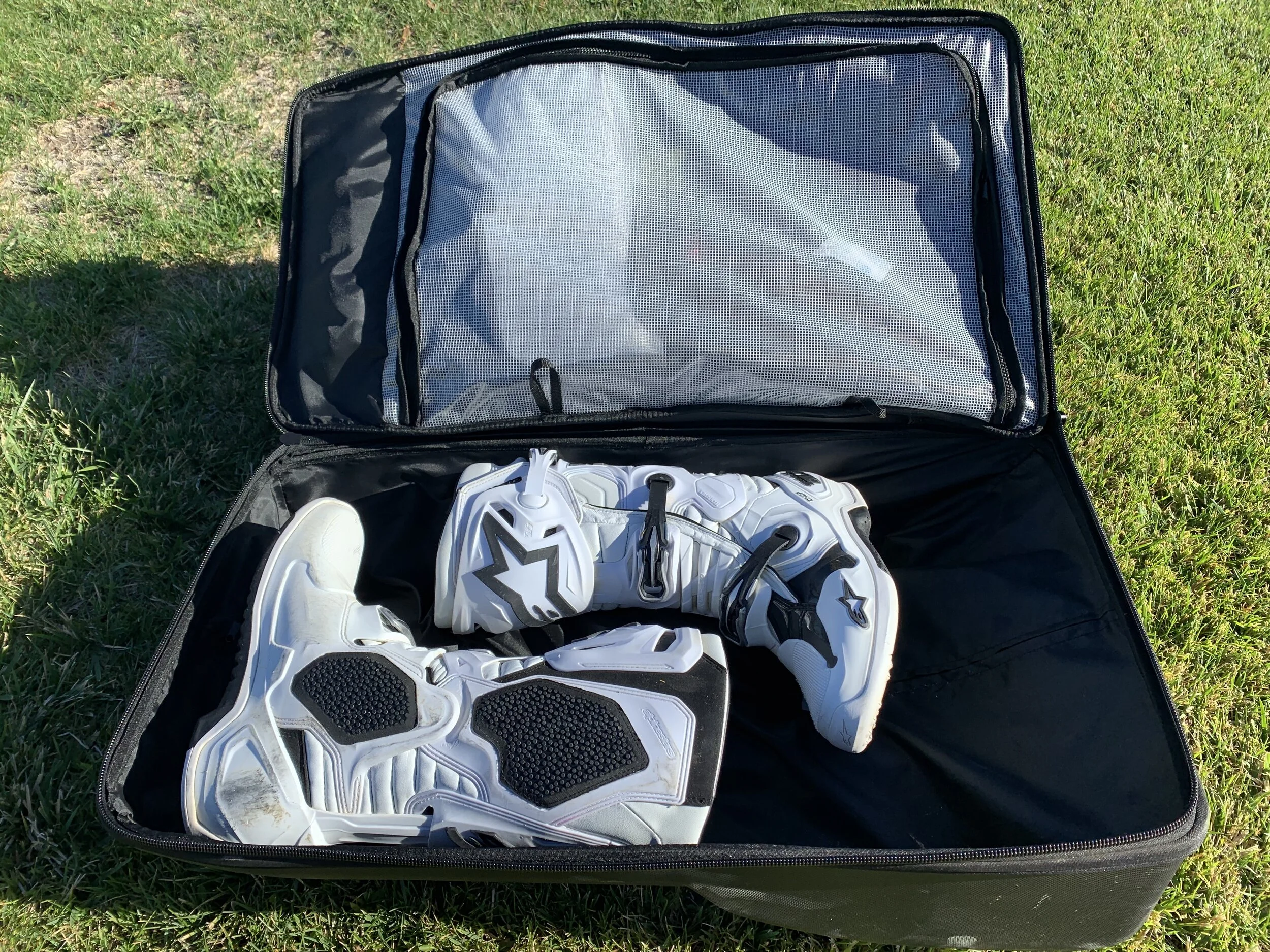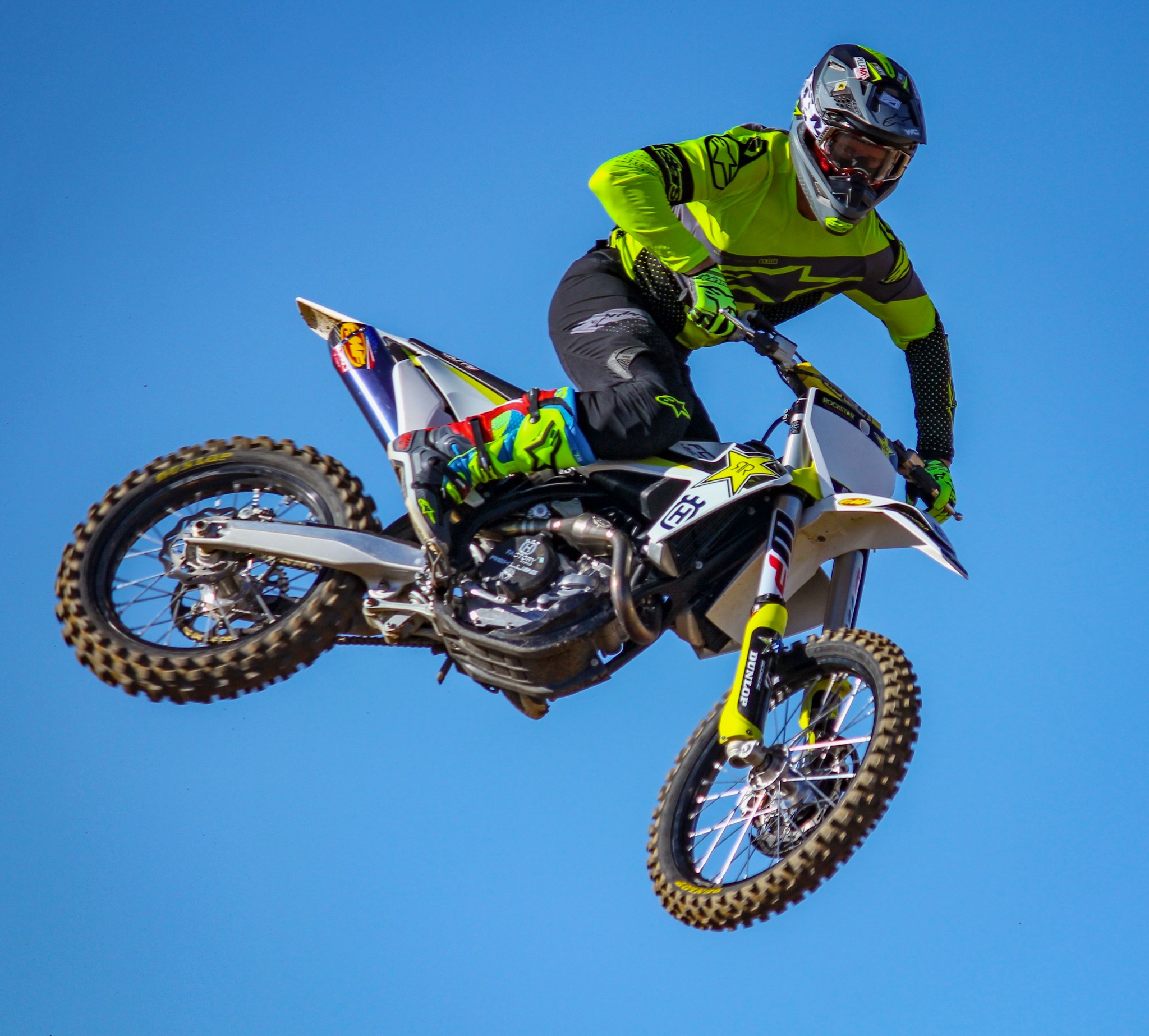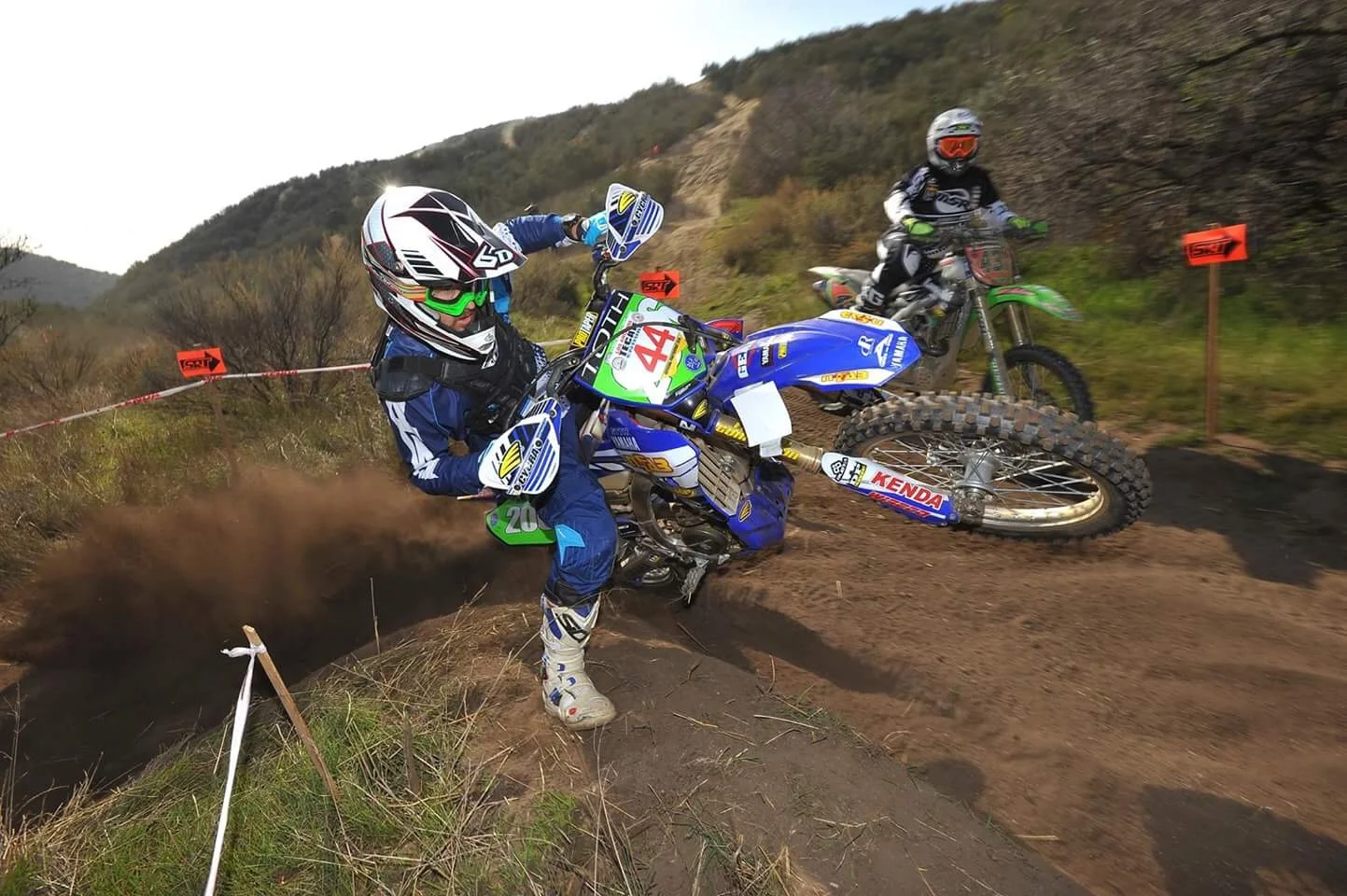Seiji makes me stretch all the time and I can tell that I get looser on the bike when I constantly do the flexibility drills he assignes for me. Besides riding, stretching to me is the most important off the bike excersize I can do at my age. -KK
By Seiji Ishii
It’s Free Speed!
The most overlooked aspect of training outside of mental training is mobility work. It may require putting yourself in short term discomfort, but the long term benefits are more efficient movement, injury prevention, and higher ranges of motion. The “training” requires little energy, and so does the application during riding, so it is quite literally “free speed.”
What Is Mobility Training?
Mobility training is just what it sounds like; you are doing things to increase your ability to move, and the quality of that movement. The goals are to move more efficiently, with more range, which can translate to more speed and stamina on the bike, and fewer injuries. And relative to other forms of physical training, the effort level required is super low.
Which begs the question, why do a lot of athletes skip this form of training? It’s because it’s boring, no way around it. But a simple rule is if you are watching TV (and you know you do), you should also be doing some form of mobility training. Boredom solved.
How Is This Free Speed?
Consider any joint in your body; if you move in any direction, the tissues on the opposite side of the muscle creating that motion must lengthen. Flexing the elbow by contracting the biceps means the triceps much relax and elongate. All the other tissues on the triceps side of the arm must also lengthen and glide.
In the example above, if the triceps or any nearby tissues are short or carry tension, then your biceps must overcome this resistance to start the arm moving, then keep pulling against it to continue the movement.
And if these structures are indeed short, once they hit their end range, the biceps must generate an extreme amount of tension to keep the arm moving past this artificial joint end range. Not only does this situation rob movement, but it can cause nearby structures to compensate, potentially injuring them.
If the tissues are loose and of proper length, the muscles causing the desired motion use far less tension to initiate movement and to carry the desired speed over the planned distance. So, without expending more energy, compliant tissues allow body movements at higher speeds and through more range: free speed.
You can visually see this in riders that are “loose;” they seem to move effortlessly, seemingly expending as little energy as possible. And this isn’t far from the truth.
Injury Prevention
It’s easy to see how increased mobility can save soft tissue injuries as joints reach the end of their functional ranges.
But what’s not so easy to see are the other detrimental effects of overly tight tissues. If the structures surrounding the joints are short, then the space between the bones moving is lessened. This decreased joint space can eventually lead to articular surface wear; it’s like running without proper slack. Things will wear out quicker.
Increased soft tissue tightness is also detrimental to movements of daily living; all the involved parts are operating at a high level of tension. Over time, things will give way; tendonitis that creeps up without an acute cause is an example. People get tendonitis from using a mouse for crying out loud. It’s like bleeding to death from a thousand paper cuts.
What Can I Do About It?
There are plenty of ways to improve mobility: stretching, yoga, dynamic movement, even strength training with proper form can all invoke enhanced mobility.
But in my experience, the most efficient way to improve mobility is best described by a former team member for the US in canoeing and kayaking, and Doctor of Physical Therapy, Kelly Starrett.
His oddly titled book, Becoming A Supple Leopard, is a must-read for anyone I train personally. And if you are serious about performance, you should get a copy.
He also has a subscription site, thereadystate.com, for those of you who want an easily digestible and visual platform for significantly improving mobility.
If you aren’t ready to spend money, do a search on Kelly Starrett, and you will find plenty of free resources that will keep you busy for quite a while.
Dr. Starrett’s program isn’t just stretching; that’s too slow. His methods are more direct, and in my opinion, attack the mobility blocks at their source. Yes, there is stretching, but it’s often done with joint or limb distractions using bands to pull on body structures to improve the dynamics of what is usually a static stretch.
Starrett also smashes, pushes, and manipulates tissues in various ways to break up adhesions and allow tissue gliding. His methods address all soft tissue structures that contribute to mobility, not just muscles.
I cannot recommend his techniques enough; it has kept me in play, and I have seen it do wonders for others in a relatively short time frame.
Just do it. I promise improvements.
Conclusions:
I am the first to admit, flexibility and mobility training isn’t the most exciting form of exercise. But you can do it during usually unproductive times – while watching TV. And if you are going to do it, why not do it in the most time-efficient and effective way possible?
Get Kelly Starrett’s Becoming A Supple Leopard, or get a subscription to his site, The Ready State. I am recommending this based strictly on my opinion. I don’t get any fee or kickback from Dr. Starrett; I just believe in his methods, and I wouldn’t recommend it here otherwise.










